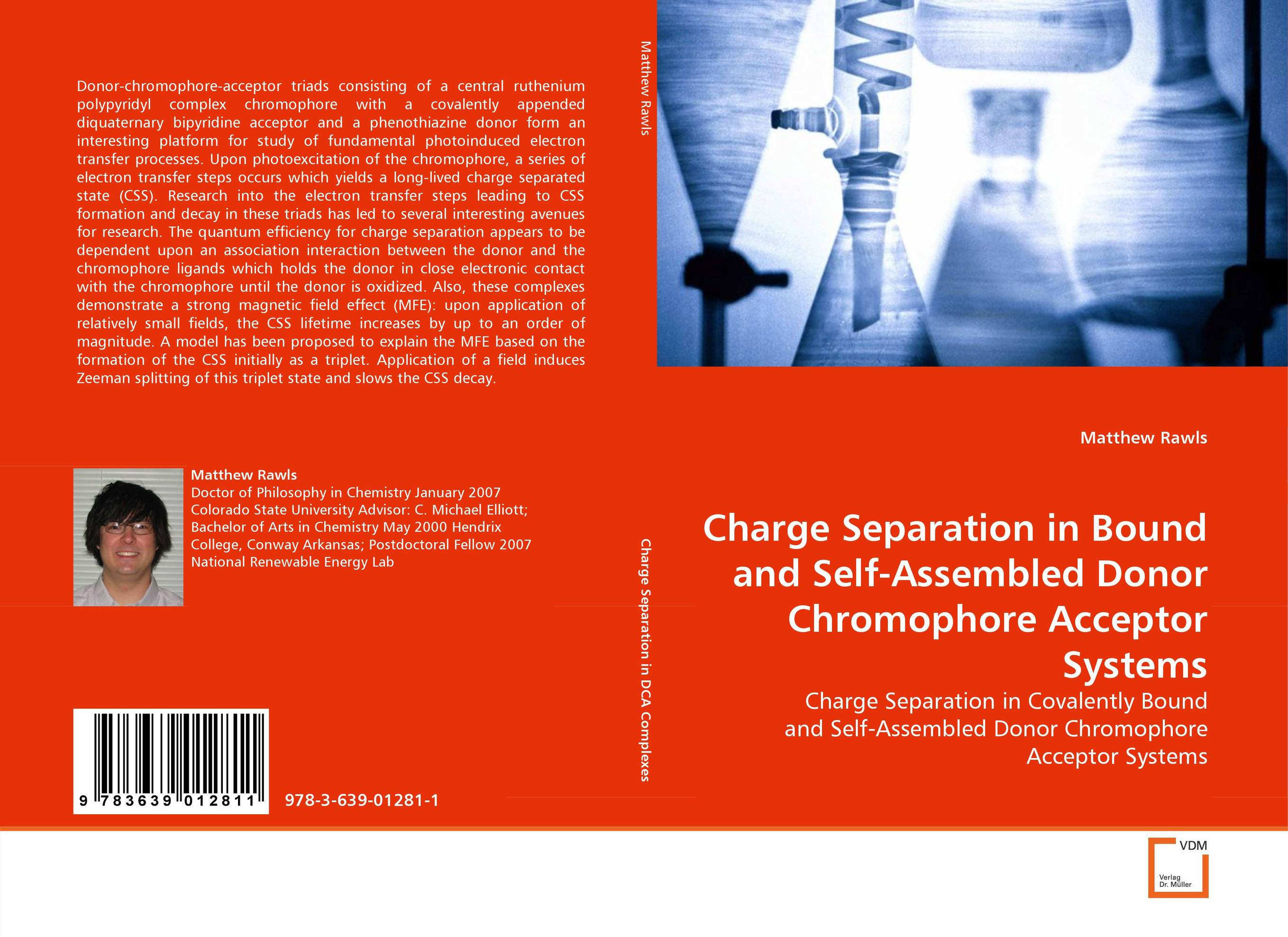| Поиск по каталогу |
|
(строгое соответствие)
|
- Профессиональная
- Научно-популярная
- Художественная
- Публицистика
- Детская
- Искусство
- Хобби, семья, дом
- Спорт
- Путеводители
- Блокноты, тетради, открытки
Charge Separation in Bound and Self-Assembled Donor Chromophore Acceptor Systems. Charge Separation in Covalently Bound and Self-Assembled Donor Chromophore Acceptor Systems

В наличии
| Местонахождение: Алматы | Состояние экземпляра: новый |

Бумажная
версия
версия
Автор: Matthew Rawls
ISBN: 9783639012811
Год издания: 2013
Формат книги: 60×90/16 (145×215 мм)
Количество страниц: 104
Издательство: VDM Verlag Dr. M?ller
Цена: 31353 тг
Положить в корзину
| Способы доставки в город Алматы * комплектация (срок до отгрузки) не более 2 рабочих дней |
| Самовывоз из города Алматы (пункты самовывоза партнёра CDEK) |
| Курьерская доставка CDEK из города Москва |
| Доставка Почтой России из города Москва |
Аннотация: Donor-chromophore-acceptor triads consisting of a central ruthenium polypyridyl complex chromophore with a covalently appended diquaternary bipyridine acceptor and a phenothiazine donor form an interesting platform for study of fundamental photoinduced electron transfer processes. Upon photoexcitation of the chromophore, a series of electron transfer steps occurs which yields a long-lived charge separated state (CSS). Research into the electron transfer steps leading to CSS formation and decay in these triads has led to several interesting avenues for research. The quantum efficiency for charge separation appears to be dependent upon an association interaction between the donor and the chromophore ligands which holds the donor in close electronic contact with the chromophore until the donor is oxidized. Also, these complexes demonstrate a strong magnetic field effect (MFE): upon application of relatively small fields, the CSS lifetime increases by up to an order of magnitude. A model has been proposed to explain the MFE based on the formation of the CSS initially as a triplet. Application of a field induces Zeeman splitting of this triplet state and slows the CSS decay.
Ключевые слова: charge separation, donor chromophore acceptor, spin catalysis



